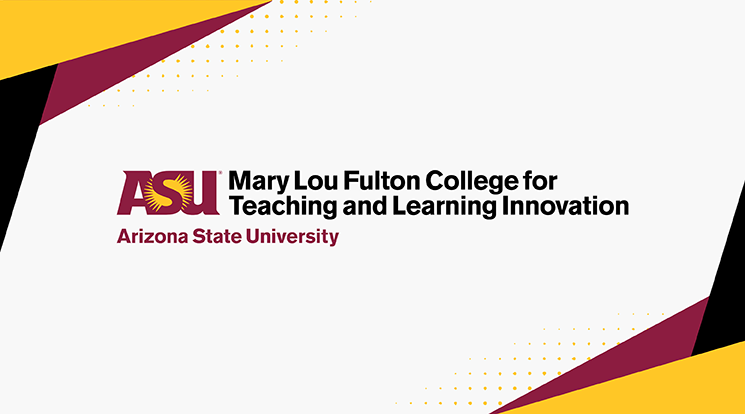Teaching language strategies through STEM

The annual iTeachELLs STEM Camp wrapped up last month and continued to offer invaluable professional development to enthusiastic educators. The camp, in its second year, is increasing both in popularity and in the richness of resources it makes available to educators.
This year, the camp welcomed roughly 420 participants (with an extensive waiting list), compared to 150 last year. Several of last year’s participants applied what they learned and became presenters at this year’s camp, says Silvia Aparicio, instructional coach at Mary Lou Fulton Teachers College.
The achievement gap
The purpose of the camp is to prepare educators to teach culturally and linguistically diverse students. It’s no secret that the achievement gap between English language learners and native English speakers is quite large. The 2017 National Assessment of Educational Progress achievement scores for fourth- and eighth-grade students show a 26 to 39-point gap between ELLs and non-ELLs in math, while science scores highlight a much higher gap: 37 to 47 points for fourth and eighth-grade students. High school graduation rates also illustrate a gap, with an 84 percent graduation rate for non-ELLs and 67 percent for ELLs.
Is language important in STEM?
Why would language be significant to science, technology, engineering and math? Well, mostly because it’s imperative to teach all students how to use the discourse of each discipline, says Aparicio. “Students are expected to use language to justify solutions, make arguments, critique and explain processes,” she says. Not only does this help the typical student, it helps English language learners with proficiency. “It’s important, as educators, to recognize we are all language teachers and that language plays a role in science, technology, math and engineering,” Aparicio says.
Utilizing valuable resources
As illustrated by this year’s turnout, attendees walked away with new tools to implement in their classrooms. “They enjoyed the hands-on STEM lessons and field trips, along with being able to network with teachers across the state,” says Aparicio, adding, “Many attendees commented that this experience has rejuvenated and re-energized their teaching practice.”
Speaking of field trips, this year the group went to OdySea Aquarium, Butterfly Wonderland, Halle Heart Museum, Arizona Science Center and the Ira Fulton engineering school. “These trips are designed to help teachers learn about the resources available within their communities, gain STEM knowledge and begin to think about how they can incorporate it into their own classrooms,” Aparicio says.
Listen in as Kantis Simmons shares why STEM is so important:
Watch Kantis Simmons' keynote speech at Stem Camp 2018.
In addition to field trips, the camp hosted several noteworthy keynote speakers, including Kantis Simmons, Mawi Asgedom and Emily Calandrelli. “I try to focus on finding keynote speakers that have a background in STEM or ELL education in order to hit on both aspects of our grant,” says Aparicio. She says that finding speakers who will share their personal stories in education while motivating teachers to take risks in their classrooms, is key.
Helping close the gap
“Many of the teachers we work with have English language learners in their classroom and we incorporate Stanford’s Six Principles for ELL instruction within our problem-based enhanced language learning innovation,” Aparicio says. These six principles were formed to help ELLs meet the rigorous, grade level academic standards found in the Common Core State Standards and Next Generation Science Standards.
The PBELL approach, according to Aparicio, is good for all students in helping to solve problems, ask questions and share. “PBELL takes the components of problem-based learning pedagogy, such as in-depth inquiry and solution sharing, and emphasizes language throughout,” Aparicio says.
Next year’s vision
So what’s on the agenda for next year? “We will continue to serve Arizona teachers providing additional tools to help support all of their students, as well as opportunities for teachers to deepen improvement networks across districts and schools in the application of PBELL pedagogies,” says Aparicio.
Keep up with everything iTeachELLs is doing.